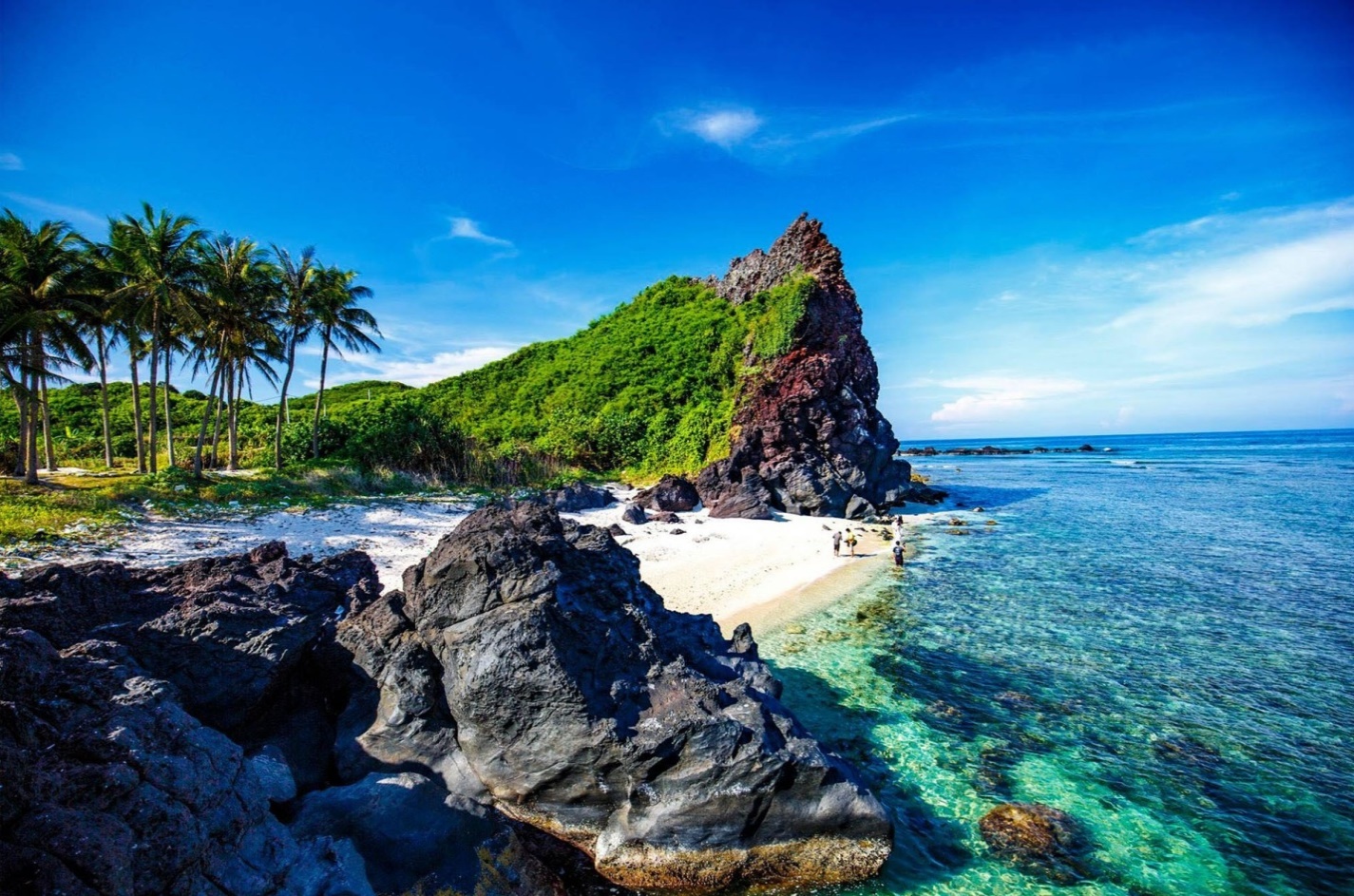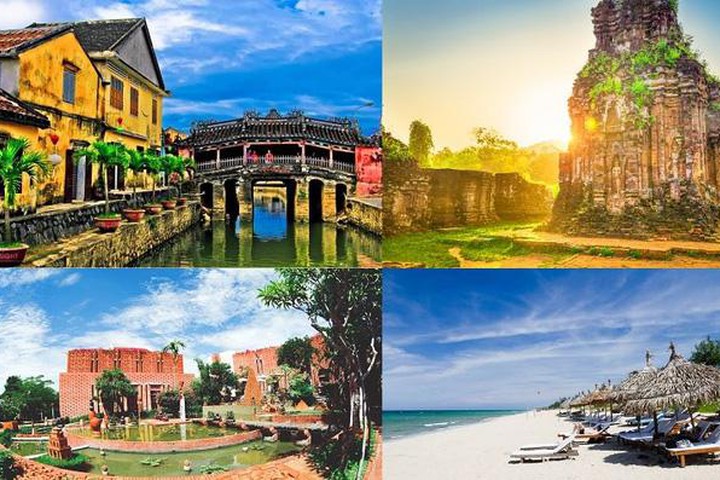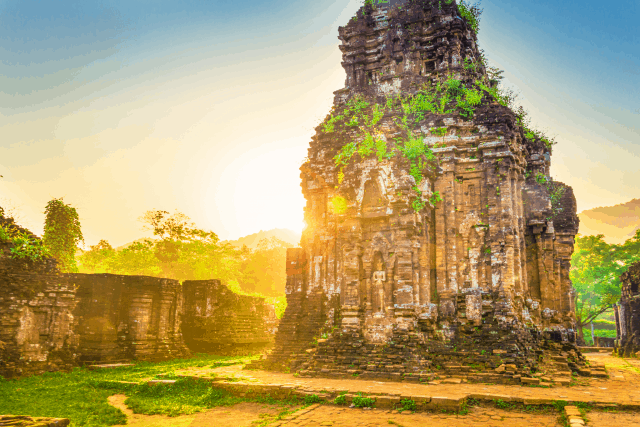With the country officially re-opening tourism both domestic and international on March 15, green tourism has been made the theme of the Visit Vietnam Year 2022, to be hosted by the central coastal province of Quang Nam.

Activities within the framework of the year are expected to contribute to promoting the image of Vietnam, and the country’s tourism position and brand, especially now that Vietnam has resumed inbound and outbound tourism activities.
Quang Nam is pinning high hopes on the “Visit Vietnam Year – Quang Nam 2022” and is determined to use the opportunity to popularise its green tourism brand.
According to the Ministry of Culture, Sports and Tourism, the opening ceremony themed “Quang Nam – A green destination” is scheduled to take place at Memory Island, Hoi An city, on March 25 while the closing ceremony is slated for late December at Vinpearl Land Nam Hoi An in Thang Binh district.

Activities to respond to the “Visit Vietnam Year – Quang Nam 2022” will be implemented in accordance with six programmes, meeting the criteria of green, environmentally friendly and safe tourism.
The event will promote the local “spring” tours, river-based and agro-tours, Chu Lai tourism, ethnic cultures, and the legendary Ho Chi Minh Trail, among others.
The year-long event will features 192 events, including 10 national-level ones, 62 organised by Quang Nam, and 120 others by 40 centrally run cities and provinces in response to the tourism year.
Quang Nam, housing two UNESCO-recognised heritage sites of Hoi An Ancient Town and My Son Sanctuary, boasts great potential to develop tourism. It aims to welcome more than 4 million tourists, half of them foreigners, this year. The locality is striving to recover towards a goal of serving 12 million visitors in 2025.
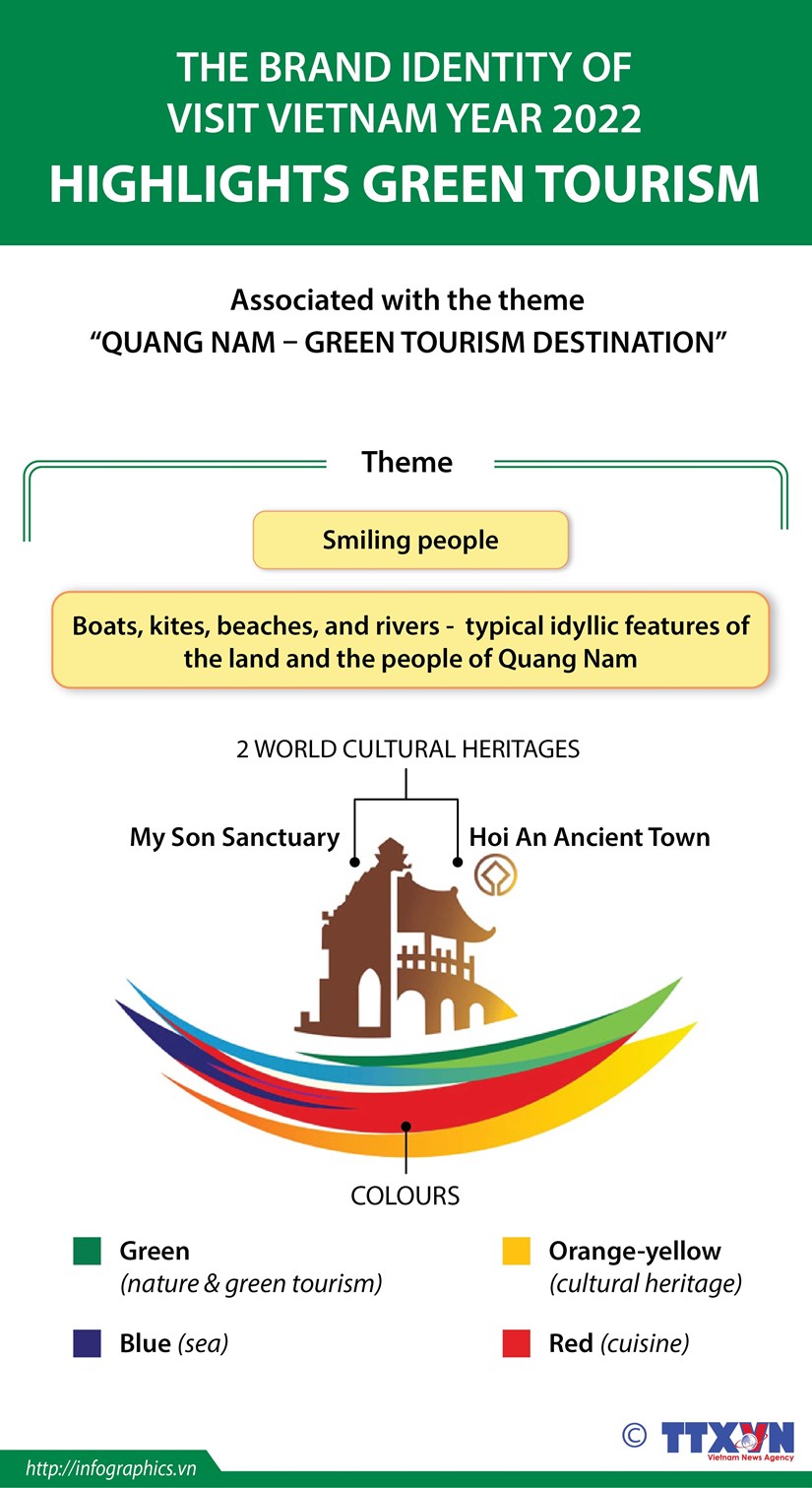
Eco-friendly tourism
In December 2021, Quang Nam issued a set of green tourism criteria with the support of the Swiss Sustainable Tourism Programme (SSTP) on the basis of reference to 25 sets of international sustainable tourism criteria for hotels, homestays, resorts, travel, community-based attractions and tourism sites.
Accompanying the local authorities, the tourism community has contributed to building Hoi An into an eco-friendly city through seemingly small actions such as sorting waste at source, restricting the use of plastic items, and prioritising environmentally friendly products in business.
Chairman of the Quang Nam Tourism Association Phan Xuân Thanh said travel firms in Hoi An in particular and Quang Nam in general have paid heed to developing green and responsible tourism products, helping change the habit of using non-biodegradable products and turn waste into useful resources.
More than 60 businesses in Hoi An have signed a commitment of saying no to plastic waste, and 70 to 100 businesses in Hoi An are expected to get green tourism certification by 2025. This will be a foundation for Hoi An to soon be recognised as a “green tourism” destination.
Since 2017, visitors to Hoi An city can kayak along the city’s Hoai River on a mission to collect rubbish.
The unique tour stresses 6 km along the peaceful Hoai River, helping raising awareness among the local people and tourists about keeping Hoi An and its river clean and green. It costs tourists 10 USD each to join the kayak clean-up tour, but free for locals and students.

This tour has contributed to protecting the environment in Hoi An, especially the lower reach of Thu Bon River, which is home to a mangrove forest with a diverse ecosystem, and a buffer zone of the Cu Lao Cham Biosphere Reserve.
Hoi An is also a pioneer in reducing plastic waste and developing environmentally friendly tourism. Many restaurants say no to plastic straws and cups, and replace them with rice and paper ones.

Sapo Hoi An Restaurant made kitchen soap products from about 300 litres of used cooking oil, instead of discharging it directly into the environment.
Meanwhile, since the end of 2018, An Nhien Farm Resort has recycled about 300 kg of disposable soap.
Last year, Hoi An was named Asia’s leading cultural city destination at the World Travel Awards. The city also won this title in 2019.
It also entered the list of Top 15 cities in Asia selected by Travel Leisure’s World’s Best Awards 2021, and has earned many other prestigious titles.
The province is building “satellite” tourism products near world cultural heritage sites to reduce pressure on these sites in the peak season, including the development of trade villages such as Cam Thanh coconut forest, Tra Que vegetable growing village, Kim Bong carpentry village, Thanh Ha pottery village (Hoi An); and experiencing community-based tourism in Triem Tay farmhouse (Dien Ban town), Tra Nhieu village (Duy Son), and My Son community tourism village (Duy Xuyen). Tours to the western mountainous region to learn about the cultural identity of ethnic minorities have also become attractive.
Agro-ecotourism
Not only Quang Nam but other localities across the country are looking to shift to sustainable tourism based on local advantages. The Mekong Delta province of Dong Thap is an example. It is stepping up the development of agro-ecotourism, community-based tourism and other types of eco-tourism, aiming to give new experiences to holidaymakers.

Such models do not only help to protect the environment but also promote local culture, increase the value of farm produce, and generate jobs for rural residents.
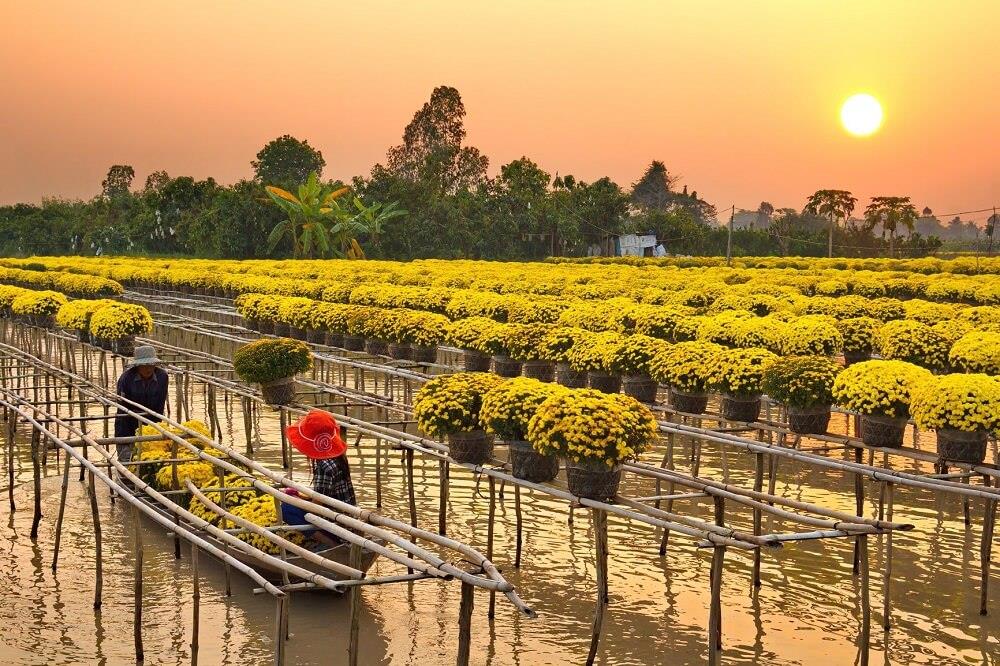
To attract visitors, the province’s Sa Dec city encourages locals to upgrade infrastructure and offer services.
Besides investing in a flower river, Canh dong hoa hong (Rose field) tourism site in the city also has a 5,000 sq.m farm growing gourds for tourists to enjoy the fresh air.
There are nine tourist sites in Dong Thap’s Lai Vung district, well known for its beautiful pink mandarin and orange orchards. Profit from this service is double that of the traditional agricultural production model.

The province is working hard to attract more tourists to its lotus fields where they can go around by boat to fish and try specialty foods made from various parts of the flower.
Identifying tourism as one of its important industries, the provincial People’s Committee is encouraging local people to engage in tourism start-ups in combination with digital transformation, develop river tourism and eco-tourism models./.


